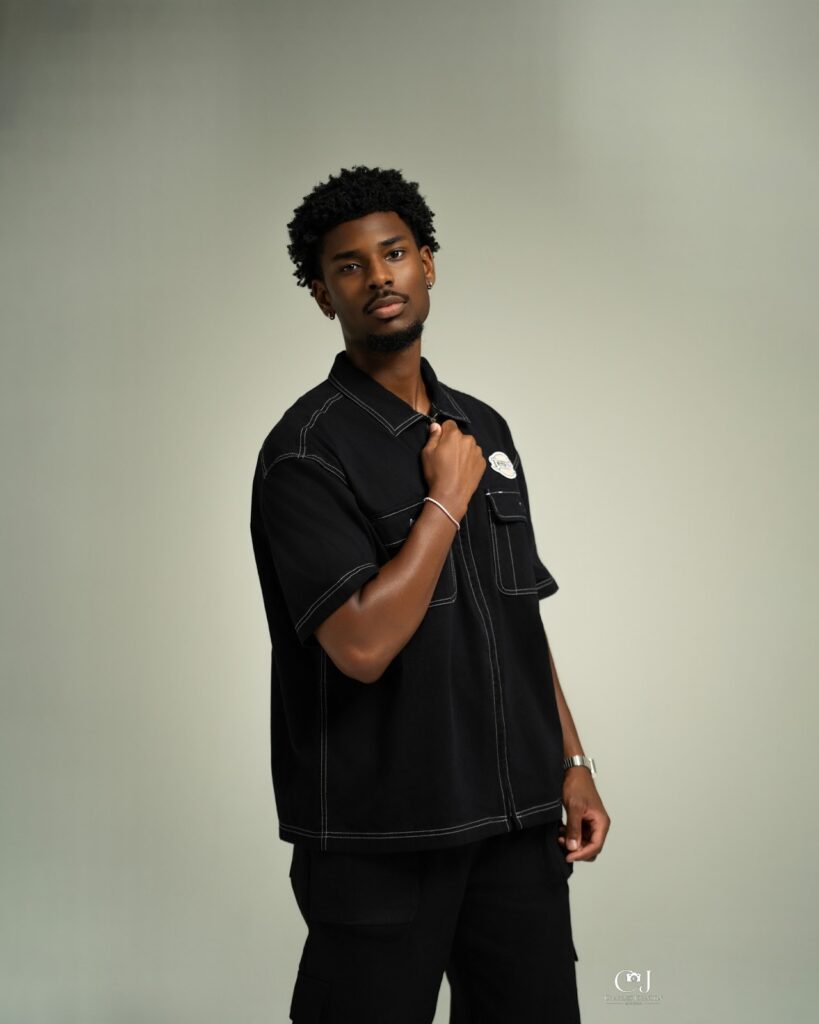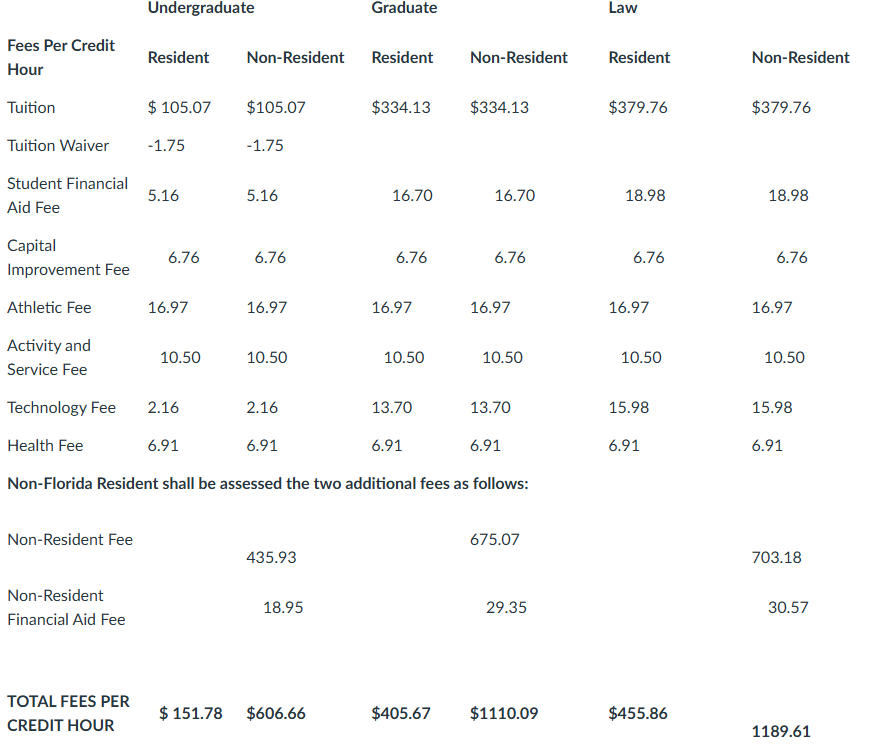By| Ki-Jana King
The number of athletes experiencing head trauma is rising and concussion protocol could be to blame.
Critics suggest that there is a pressing problem occurring on NFL sidelines. The NCAA faces a $75 million dollar lawsuit from players representing at least four schools from which officials allegedly mishandled head injuries that should have been diagnosed with concussions.
According to the American Association of Neurological Surgeons, a concussion is an injury to the brain that results in temporary loss of normal brain function. The severity of concussions can range from mild to severe. Concussions are usually diagnosed in three categories: those lasting fewer than 15 minutes, those lasting longer than 15 minutes, and those of any duration that include loss of consciousness. The effects of concussions compound with repeated injury.
Aggrey Quentin, a Cheyney University hall of fame alumni, and the 1987 First All Conference Running Back PSAC NCAA Division II, provides insight about how conducive high-impact sports are to player concussions. “No matter what level of play you play on — whether its high school, collegiate, or NFL — you’re going to get blows,” he says. “On the average season, you get about 1,000 blows to the head.”
Impacts disrupt what’s referred to as the blood-brain barrier — an effective cushion that protects soft brain tissue from the skull wall. “The brain is not bolted down” Quentin explains. “When there is swelling to the brain, your ability to deal with problems diminishes.”
Repeated blows can cause significant and prolonged behavioral changes as well as neurodegenerative changes, not unlike those sustained by North Carolina’s Ryan Hoffman. The offensive lineman was diagnosed with chronic traumatic encephalopathy before he rode his bike into oncoming traffic.
Head Case Health management system lists the following statistics for sports concussions: 3,800,000 concussions reported in 2012, double what was reported in 2002, and 33% of all sports concussions happen at practice.
Akima Abrakata- Dina, FAMU’s head athletic trainer, says even though football is a contact sport, most concussions can be avoided.
“You have athletes who put their head into a play, which they know they shouldn’t do” Explained Abrakata- Dina. “There has been research that identifies some cause of concussions and how to prevent them and that’s always tops the list.”
The long term effects of concussion can consist of loss of memory and severe headaches.
As a result of watching peers and mentees cope with the long-term effects of concussions, Quentin began studying nutrition professionally. “What is not being discussed,” says Quentin “is that you deplete a lot of nutrients, minerals and vitamins. When you’re playing the sport of football you never get to replenish the body, and the body never gets to heal the brain. The current protocol where you stay out a week or two weeks is totally crazy and chaotic.” As a treatment, he suggests reflexology, an Ayurvedic treatment, rest and foods heavy in omega three acids.














